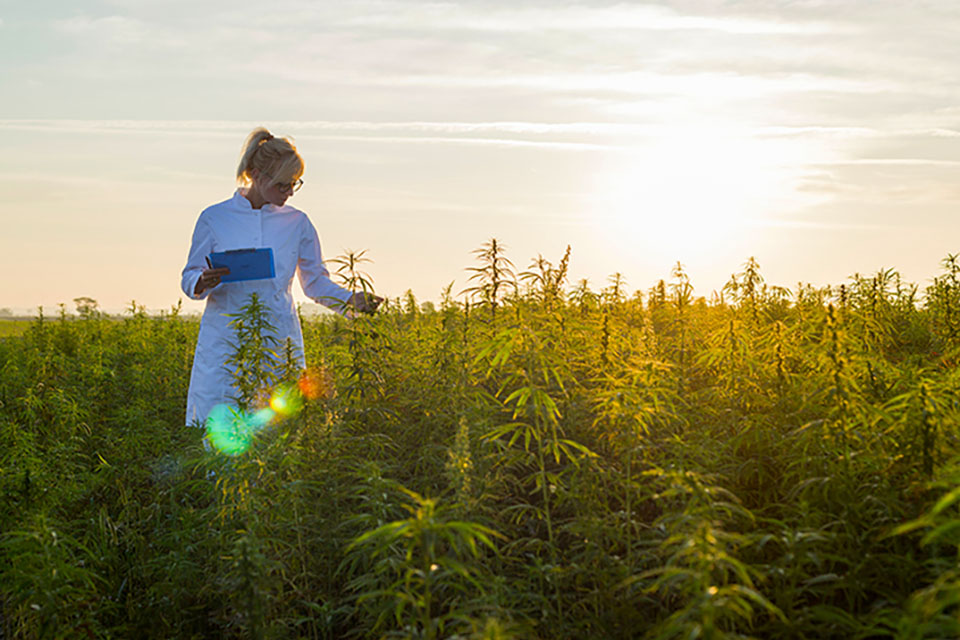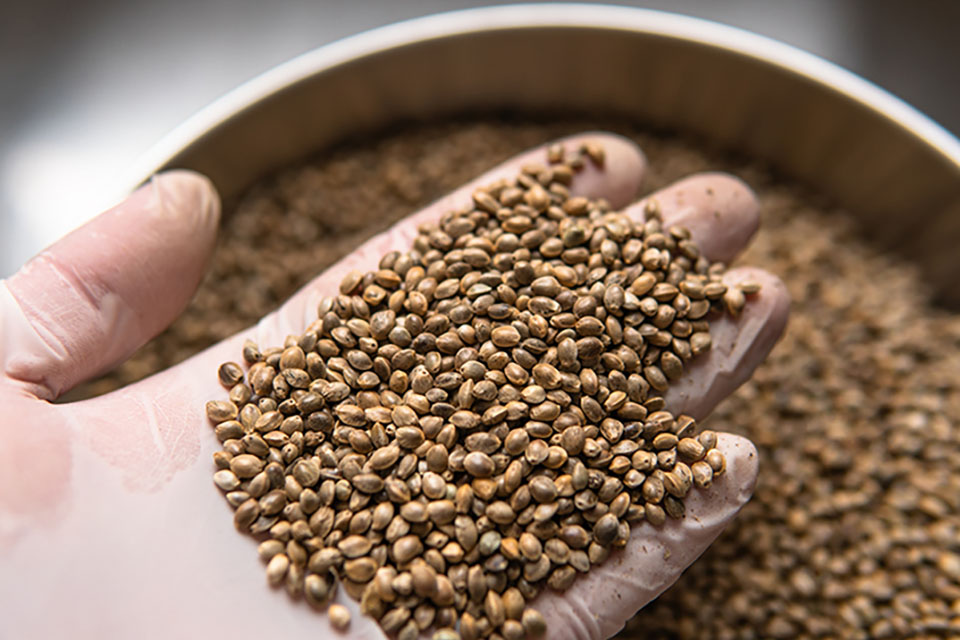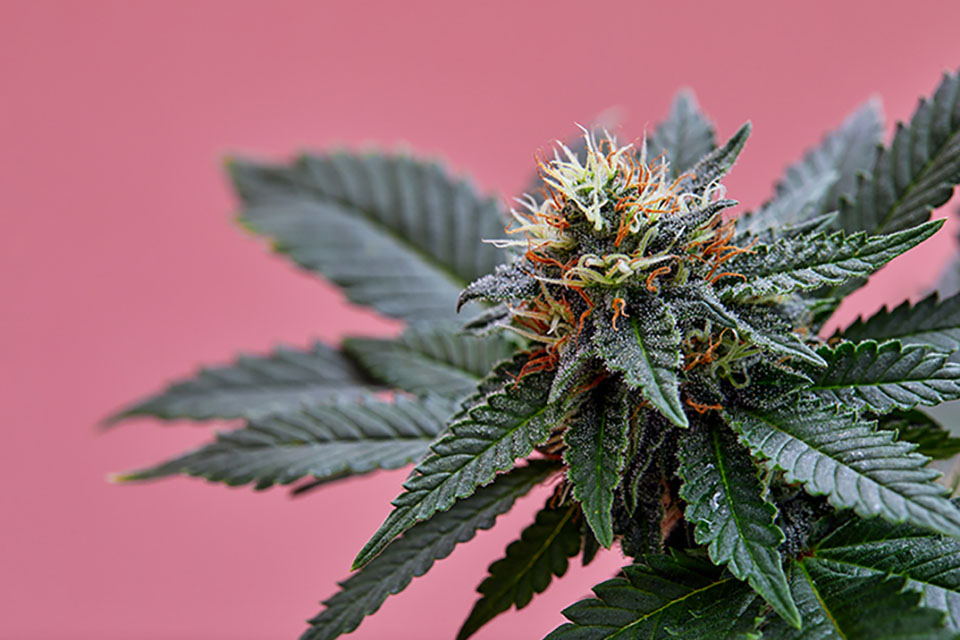
Growing crops takes certain amounts of time, hard work and dedication whether you are cultivating corn and potatoes or farming various strains of cannabis seeds. Despite the effort that goes into the mix, though, most farmers insist waiting for crops to come in is the most difficult part of the process. For many growers, the stint between planting and harvesting seems to drone on forever.
This is particularly true when you are anticipating a potent yield of cannabis buds offering any number of physical and emotional benefits. You spend weeks tending to the plants, all the while worrying and wondering about the end result. Although most people believe you cannot rush Mother Nature, that is not necessarily the case when growing cannabis. If you are looking to shorten the span between germination and full maturity, a few tricks and techniques may help speed up the flowering of outdoor marijuana plants whether you grow in your garden in Arizona, or a backyard greenhouse in Vermont.
Why Speed up the Flowering Process?
People have several reasons for wanting to accelerate the flowering process of their high-THC or high-CBD crops. For most, weather is the biggest deciding factor. In many corners of the globe, the stretch between the last frost of spring and the first one of winter just does not offer much time to work with when growing outdoors.
In some cases, it is a matter of need. When you are suffering, enduring constant pain or powering through a battle with depression, time is often of the essence. Though some patients could visit a local dispensary to fill their cannabis prescriptions, that is not an option for everyone. Marijuana, even for medical use, still is not available in all states. At the same time, growing it at home offers a wide range of advantages you cannot get from a dispensary, such as reduced expenses and greater control over strain, quality and potency.
Those are only a couple of the most common justifications for rushing marijuana growth. Growers may also find themselves needing to move to a new area soon and want to harvest their stockpiles beforehand. Sometimes, word of local authorities ramping up their efforts to stop at-home growing is enough motivation for shortening the standard routine.
Understanding the Math behind the Marijuana
Before delving into the various ways to speed up the flowering phase of your marijuana plants, it is important to understand how they grow. Cannabis plants start out as seeds with all their inner DNA lying dormant until it is prompted to emerge from its protective shell. Once you cover those seeds with dirt and give them water, the germination process begins.
Cannabis: The Early Days
Germination simply means the seed sprouts a taproot, a tiny root that branches out in search of water and nutrients to feed the plant. From that single, hair-like root, an entire root system with grow throughout the plants’ lifecycle. While the roots draw in moisture, vitamins and minerals, the plant itself grows and emerges from the soil to find the light and heat it needs to further foster growth. Germination usually lasts about two weeks.
Marijuana plants enter the seedling stage after they peek through the soil and begin to grow tiny leaves. This period of their lives lasts approximately two to three weeks for indoor plants and four to six weeks for those grown outdoors. During this time, they will need plenty of light and water for optimum growth.
Looking for Direction
Now, we need to point out cannabis is hardwired to take certain cues from Mother Nature. Those signals tell the plants what they should be doing internally. You may remember from elementary school science class that the Earth revolves around the sun, tilting slightly on its axis all the while.
In areas tilted toward the sun during Earth’s annual revolution, temperatures will begin to rise, days will grow longer, and more light from the blue end of the spectrum will filter down to the Earth’s surface. Corners of the globe tilted away from the sun enter their autumn and winter months.
Onward and Upward
For marijuana plants, springtime changes indicate it is time to grow, stretch out and take in ample nutrients and moisture. They look for about 18 hours of daylight followed by six hours of darkness. Plants use this excess time in the sun to draw in nutrients and energy from the sun’s blue light. Then, they use the energy to convert vitamins and minerals to food.
After being seedlings for a few weeks, the plants enter their vegetative states. Different strains vary widely in terms of the length of their vegetative phases. As long as days are lengthy and nights are short, your plants will continue to grow and mature. Some strains remain in the vegetative state for up to 16 weeks.
Reaching the Peak of Perfection
Eventually, regions in the midst of spring and summer begin tilting away from the sun again. Daylight dwindles from 18 hours a day to roughly 12, and temperatures gradually decline. Sunlight shifts from the blue end of the spectrum to red and orange.
When cannabis plants notice these changes for several nights in a row, they realize it is time to transition from the vegetative state to the flowering phase. That is the stage most growers are looking for because it is when those beautiful, potent buds begin to develop. After around eight to 11 weeks, the buds are ready for harvest.
All things said and done, some cannabis strains can take anywhere from four to eight months to go from seeds to plants laden with mature buds. In certain areas of the world, the growing season barely lasts three months. Some outdoor marijuana plants would not even make it through the vegetative state before succumbing to colder temperatures and lack of adequate sunlight in those regions. States closer to the equator like Georgia will have a slightly longer growing season than more northern states like Rhode Island or Minnesota. Growers living in colder climates can also lengthen their growing season simply by using a greenhouse.
Rushing the Natural Process
Fortunately for those who live in areas with shorter growing seasons or who need to speed up the flowering process for other reasons, it is entirely possible to usher along Mother Nature. Indoor marijuana growers have the luxury of shortening the vegetative state and ringing in the flowering phase by changing the types and amounts of light they provide their plants.
For outdoor growers, it is not quite so simple. Still, the principle remains much the same. Certain measures are effective at tricking cannabis plants via artificial means and shaving a great deal of time off the growing process.
Use Autoflowering Seeds
Numerous strains of marijuana are available at present, and more are still being discovered or created. Some came about naturally and adapted to the growing conditions into which they emerged. Others have been genetically altered to offer various potency levels and shorter maturation processes among other benefits.
Cannabis ruderalis is a prime example of the former. Strains in this category were born into harsh climates like those of Russia, Central and Eastern Europe and parts of Asia. Those regions have short summers and offer less-than-optimal environments for gardening. Still, ruderalis strains rose to the challenge and thrived in spite of the hardships. Unlike other marijuana varieties, ruderalis flowers based on age rather than the types and amounts of light it receives.
Because of this, engineers have instilled some of ruderalis’ traits into a variety of cannabis breeds. Doing so gave rise to autoflowering strains. Some of them are ready for harvest in as little as a couple months. They also tend to be smaller than other strains, and they are usually very forgiving of the surrounding conditions. All this means they take up less space, flower quickly and are perfect for even first-time growers.
Some drawbacks come into play when growing autoflowering marijuana plants. They often produce smaller yields than other strains. They generally have a lower THC content than some of their counterparts as well. For those looking for a higher THC concentration, autoflowering plants may not be the best route. They are the perfect fit for anyone who needs or prefers the effects of CBD more so than THC, though.
Shorten Your Plants’ Days
As mentioned, most cannabis strains flower according to the light they receive. Traditional strains crave about 18 hours of sunlight during their vegetative stages and begin flowering once the days grow shorter. When you are growing marijuana outdoors, it is possible to trick the plants into thinking winter is coming earlier than it actually is by taking away a few hours of light each day.
You can approach this method from a couple angles. For one, consider growing your cannabis in pots rather than planting it directly in the ground. After allowing your plants to enjoy their vegetative states for a few weeks, simply bring the pots inside a few hours before nightfall each day. You can place them in a well-ventilated garage or a dark bedroom and take them back outside every morning.
Another option is to cover your cannabis plants daily with a tarp or other type of wrap that does not let light through. This should be done a few hours before the sun goes down. Along those same lines, you could build a shelter over them with a removable cover that can be replaced each evening.
When covering your plants with any type of material or bringing them inside, it is important to keep a few things in mind. Material used to shelter them should be strong but not heavy enough to damage the plants. Since marijuana plants are sensitive to temperature, you may need to use a fan to keep them from overheating.
Whether you cover the plants or bring them inside, allow them about 12 hours of sunlight each day, and be consistent. Your yields may be smaller with this method because plants use the extra hours of light they would normally receive to generate healthy buds. That being said, the tables could also turn in the opposite direction. Your plants might use the energy they receive from the intense summer sun to generate denser, larger buds rather than for growing taller and stronger.
Shed More Light on the Subject
Taking away a few daylight hours forces cannabis plants to reach full maturity earlier than they would under normal circumstances. On the other hand, giving them more light at a critical juncture may cause the flowering phase to arrive a bit more quickly.
Numerous outdoor marijuana growers have found success by providing their plants with light around the clock during the vegetative state. Plant your seeds in pots and bring them inside to artificial light at night, or build a greenhouse around them and equip it with full-spectrum lighting for nighttime if you want to try this technique.
This alternative is not recommended for plants that have been ravaged by pathogens or insects or are otherwise unhealthy because they need those hours of darkness to fight off their ailments and recover. Giving plants constant sunlight during the vegetative phase will not make buds mature faster, but it will reduce the amount of time they need to begin flowering.
Get Straight to the Point
Contrary to what most growers may think, it is possible to kick-start bud growth shortly after the seedling phase. This option entails covering plants or bringing them inside each evening once they have received about 12 hours of sunlight. You will need to allow your cannabis plants four weeks or so to grow before artificially altering their light schedule.
Yields will be smaller when you trick your plants into budding so soon. You may only be able to harvest a couple grams from each plant. Still, this technique will shave several weeks off the entire process.
In a Nutshell
Marijuana plants need certain basic elements in order to thrive. Water, nutrients, sunlight, heat and adequate air circulation are all crucial to plants’ health, growth and potency. At the end of the day, though, light is the primary deciding factor in bud production for most strains.
Using autoflowering seeds is, by far, the simplest and most dependable way of ensuring a faster-than-average harvest. Of course, not all marijuana strains are available in autoflowering form, and this is not the best option for those who want high-THC buds.
Patience is the key to growing abundant yields. It has been said that good things come to those who wait. In some cases, though, waiting is not practical or even possible. With these tips and tricks, you may be able to enjoy a bountiful bud harvest much earlier than you would by just sitting back and letting nature take its course. Once you become a real pro and want to increase your volume, check out our wholesale seeds for unbeatable pricing.



